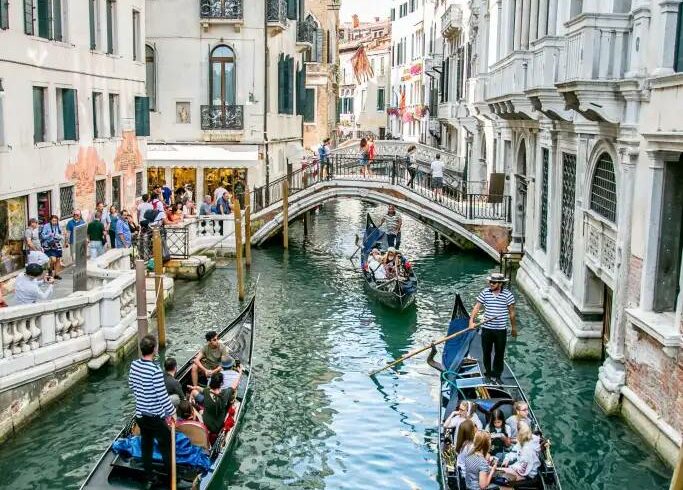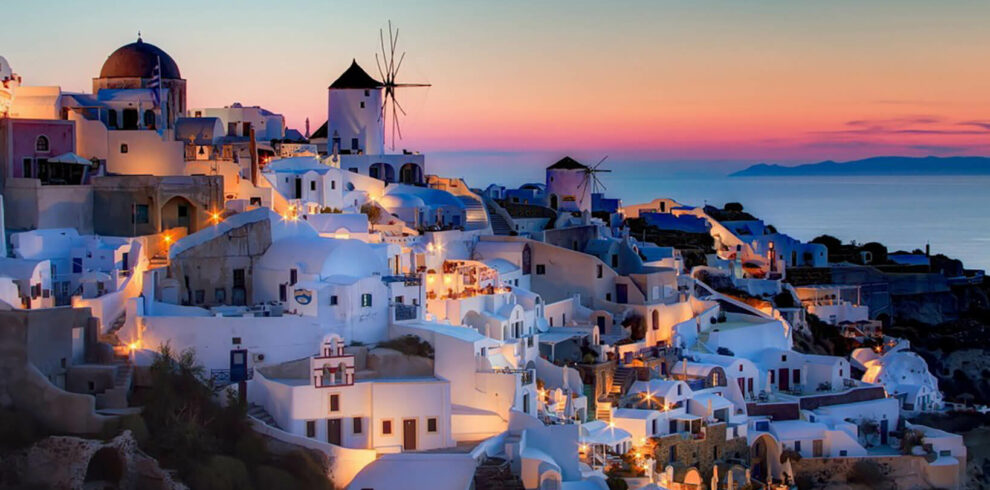Radiovanak
نظرات تماشاچیان در مورد اجرای نمایش اخوندک در تاریخ ۱۰ مارچ ۲۰۲۴ در سانتا مونیکا
قسمت هایی از تئاتر آخوندک

Read More About Us
About Us
The community of Iranian in America is growing day by day. This huge community needs more Farsi language media. We are Radio, Vanak, and our goal is informing educating and entertaining Iranian American.
Our Services
Best Services That Make Everything Easy
Lorem ipsum dolor sit amet, consectetur adipiscing elit. Ut elit tellus, luctus nec ullamcorper mattis, pulvinar dapibus leo.
Radio Vanak
"We are the voice"
Lorem ipsum dolor sit amet, consectetur adipiscing elit. Ut elit tellus, luctus nec ullamcorper mattis, pulvinar dapibus leo.

More About Us
Lorem ipsum dolor sit amet, consectetur adipiscing elit. Ut elit tellus, luctus nec ullamcorper mattis, pulvinar dapibus leo.
Latest Events
Explore Our latest Events
Lorem ipsum dolor sit amet, consectetur adipiscing elit. Ut elit tellus, luctus nec ullamcorper mattis, pulvinar dapibus leo.
| Ticket Type | Price | Cart |
|---|
Latest News
Read Latest News
mattis, pulvinar dapibus leo.
Feedback
What Do People Think About Us?
Lorem ipsum dolor sit amet, consectetur adipiscing elit. Ut elit tellus, luctus nec ullamcorper mattis, pulvinar dapibus leo.

Lorem ipsum dolor sit amet, consectetur adipiscing elit. Curabitur laoreet cursus volutpat. Aliquam sit amet ligula et justo tincidunt laoreet non vitae lorem. Aliquam porttitor tellus enim, eget commodo augue porta ut. Maecenas lobortis ligula vel tellus sagittis ullamcorperv vestibulum pellentesque cursutu.

Lorem ipsum dolor sit amet, consectetur adipiscing elit. Curabitur laoreet cursus volutpat. Aliquam sit amet ligula et justo tincidunt laoreet non vitae lorem. Aliquam porttitor tellus enim, eget commodo augue porta ut. Maecenas lobortis ligula vel tellus sagittis ullamcorperv vestibulum pellentesque cursutu.

Lorem ipsum dolor sit amet, consectetur adipiscing elit. Curabitur laoreet cursus volutpat. Aliquam sit amet ligula et justo tincidunt laoreet non vitae lorem. Aliquam porttitor tellus enim, eget commodo augue porta ut. Maecenas lobortis ligula vel tellus sagittis ullamcorperv vestibulum pellentesque cursutu.

Lorem ipsum dolor sit amet, consectetur adipiscing elit. Curabitur laoreet cursus volutpat. Aliquam sit amet ligula et justo tincidunt laoreet non vitae lorem. Aliquam porttitor tellus enim, eget commodo augue porta ut. Maecenas lobortis ligula vel tellus sagittis ullamcorperv vestibulum pellentesque cursutu.
- All Post
- Theater
- Uncategorized
apr https://radiovanak.com/wp-content/uploads/2024/03/apr-ad-akhoondak.mov قسمت هایی از تئاتر کمدی موزیکال اخوندک
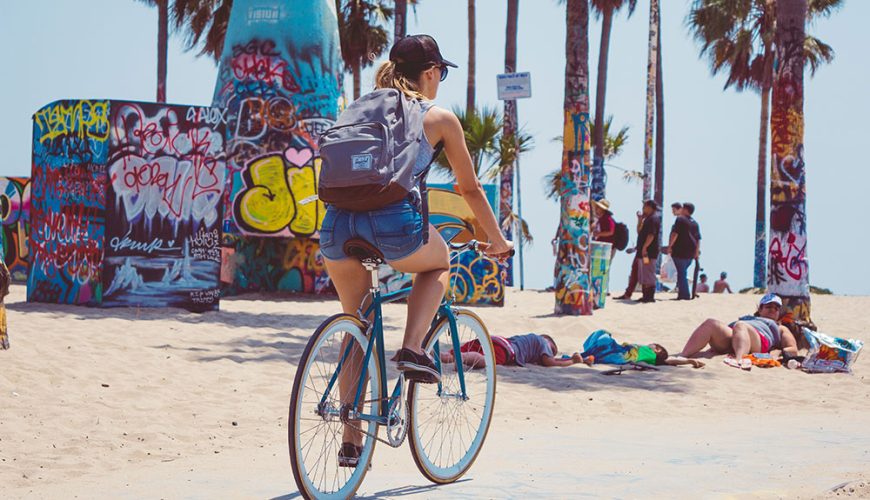
Thousands of migrants – of whom, many are children – suffer from deadly heat conditions at the US-Mexico border. As the…
Elementor #1389
apr https://radiovanak.com/wp-content/uploads/2024/03/apr-ad-akhoondak.mov قسمت هایی از تئاتر کمدی موزیکال اخوندک
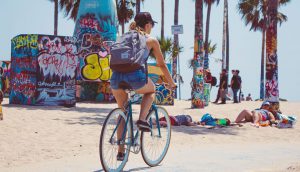
The Castle on the Cliff: Majestic, Magic, Manoir
Thousands of migrants – of whom, many are children – suffer from deadly heat conditions at the US-Mexico border. As the effects of climate change worsen day by day, extreme weather conditions are causing a high risk of dehydration and death amongst migrants who try to enter the States through the Sonoran Desert. In order to calculate the deadliest areas in the U.S. – Mexico Border, scientists and researchers used a biophysical model of human dehydration. According to the report made by this model, it was found that most of the deaths were caused primarily by severe dehydration. After organizing the dataset in the regions with the casualties, severe dehydration that leads to death, water loss, organ failure, disorientation and physiological challenges in animal species were linked together for the report. “We provide the first empirical evidence that the physiological stresses experienced by humans attempting to cross the Sonoran Desert into the U.S. are sufficient to cause severe dehydration and associated conditions that can lead to death. A disproportionately large percentage of migrant deaths occur in areas where the predicted rates of water loss are highest,” says Ryan Long, an associate professor of wildlife sciences at the University of Idaho. Long also underlines the importance of access to drinking water supplies for preventing the risks at the highest rates of water loss during migration across the borders in the region. Models developed for fighting against climate change and water scarcity unfortunately show us that these type of border crossings will only become more dangerous over time, increasing the already large number of people who do not make it across. Measures must be taken immediately to mitigate this crisis.
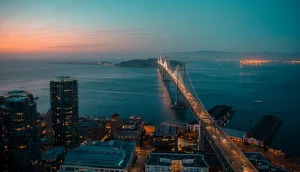
City Spotlight: Philadelphia To change the overall look
This article is part of Earth Refuge’s Spotlight Series on Philadelphia During the summer of 2021, cities across the United States (‘US’) have seen record breaking temperatures to an extent that scientists say would have been “virtually impossible” to reach without anthropogenic climate change. Cities are especially prone to such extreme heat because of particular characteristics which cause people within urban areas— particularly low-income residents — to bear an undue burden of the effects of climate change. What is the Urban Heat Island Effect? Heat islands are urban areas that experience higher temperatures than their surrounding areas for a variety of reasons. For one, cities contain more man-made structures, such as buildings, roads, and dark roofs, which absorb and re-emit the sun’s heat more than natural land does. Additionally, more vehicles, more air conditioning units, and more industrial facilities all contribute to the heat island effect felt in cities across the world. The city of Philadelphia is a paradigmatic heat island. Since 1970, Philadelphia’s average summer temperature has increased by three degrees Fahrenheit (-16 °C), leading to more extreme heat events. In the past fourteen years alone, heat-related events have caused nearly 150 deaths in Philadelphia. The magnitude of such tragedy is only expected to grow larger. Just this past summer, Philadelphia declared a Heat Health Emergency, which only occurs from May through June when temperatures are expected to reach 101°F (38 °C) or higher for two consecutive days, or 98°F (37 °C ) or higher for three or more consecutive days. This designation puts services like the city’s heatline into effect and bars any residential utility shutoffs. The Disproportionate Impacts Philadelphia is a quintessential heat island not only because the city has become hotter overall, but also because within the city — as in so many others — low-income neighborhoods and communities of color face disproportionate impacts of the increasing temperatures. Philadelphia’s Hunting Park neighborhood, one of the city’s most impoverished areas, is illustrative. A recent report from the Philadelphia City Planning Commission showed that more than 75% of land cover in Hunting Park was comprised of buildings, roads, and paved surfaces. By contrast, tree canopy — which helps reduce heat — covers only 9% of the neighborhood. As a result, the neighborhood tends to be significantly warmer than the average city temperature: average surface temperature data shows that Hunting Park can be as much as 22°F (-6 °C) warmer than other neighborhoods. These differences in landscape between Hunting Park and the rest of the city are largely a consequence of redlining, the systematic denial of financial services to residents of particular areas usually based on race. Redlining largely influenced historic housing policies in the US that led to the residential segregation that still exists today. Research shows that surface temperatures in formerly redlined neighborhoods in urban areas across the country tend to be up to 36°F (2 °C) warmer than non-redlined areas. While these trends are most pronounced in Southeast and Western cities in the US, the Philadelphia Heat Vulnerability Index shows that they remain consistent in Philadelphia as well. Effective Solutions Fortunately, action can still be taken at a more regional level to combat the effects of the urban heat island. Two of the most straightforward solutions are to increase the number of white roofs and to increase tree cover. Data from the Center for Clean Air Policy shows that white or light-colored roofs can reflect up to 80% of the sun’s rays in comparison to the 70% heat absorption of black roofs, in turn allowing homes to stay at lower temperatures. Adding more tree canopy would also go a long way. Trees tend to absorb anywhere from 70 to 90% of sunlight in summer, and 20 to 90% of sunlight in winter, leading to significantly reduced temperatures in Hunting Park and other neighborhoods that are rapidly warming. Although both solutions would require substantial investment, the benefits outweigh the costs. Indeed, data shows that more trees provide stormwater benefits and increase property values. More importantly, investment in reducing the impacts of the urban heat island effect and climate change more generally represents a small piece of a large effort owed to underserved communities. As climate migration continues to drive people to seek refuge in cities, it is becoming increasingly important to ensure that cities are prepared to provide these types of resources to current and future residents.
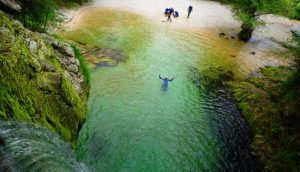
Tiptoe through the Tulips of Washington
2021 will be a Different Skagit Valley Tulip Festival. We know there will be restrictions on the number of people who can visit our fields and gardens (and other retail establishments/restaurants/venues) based on COVID guidelines established by the state and county governments. We will be following those guidelines, but still be working to welcome you and help you with your visit. Tulip Town has set its ticketing policy; you can find out more at https://tuliptown.com/pages/visit. RoozenGaarde has done so as well; find out more at https://roozengaarde.ticketspice.com/skagit-valley-tulip-festival-tickets. This is event is geared towards visitors of all ages but if you happen to be traveling with a tot, here are some tips from a local mom on how best to prepare for and execute your adventure. Seattle Southside mom, Meilee, bundled up her four year old and hit the road and this is what she learned: The drive is easy freeway driving for approx. 90 minutes each way (from Seattle Southside). For lightest traffic plan on arriving at the fields early in the day on the weekends or travel during non-rush hours mid-week. Stop at the Tulip Festival Administration office 311 W. Kincaid St. Mount Vernon, WA 98273 for free maps, advice on where to start/stop your excursion and special event info. With maps and “Tulip Route” signage the fields are easy to find. Wear practical shoes. There aren’t sidewalks in the fields; be prepared for dusty to muddy conditions. My daughter wore her pink polka dot rain boots for fashion and the practicality purposes. Walking paths are made out of firmly packed gravel or dirt. Check weather forecasts to get an idea on stroller friendly conditions. There are multiple tulip farms to see and each is immense. For families with young children I recommend pacing yourself and expect to visit one farm maybe two. We spent two hours at one field, had dinner then drove back. It was a long five hour outing for a four year old but days later she’s still talking about the “bee-you-tee-ful flowers” and I’m still admiring a collection of charming photos. The RoozenGaarde field has food vendors. (fair food cuisine and prices) There’s a grassy area with a few tables and room to have a picnic. Bring cash. Some vendors accept cash and plastic – others take cash only. There are plenty of facilities (porta-potties) at the farms. For families with babies or young toddlers, bring a blanket in the diaper bag because I didn’t see any changing areas. No pets allowed in the tulip fields. Leave Fluffy or Fido at home. *Bonus tip – make sure your camera has plenty of battery life you’ll have a “bazillion” photo opportunities.





